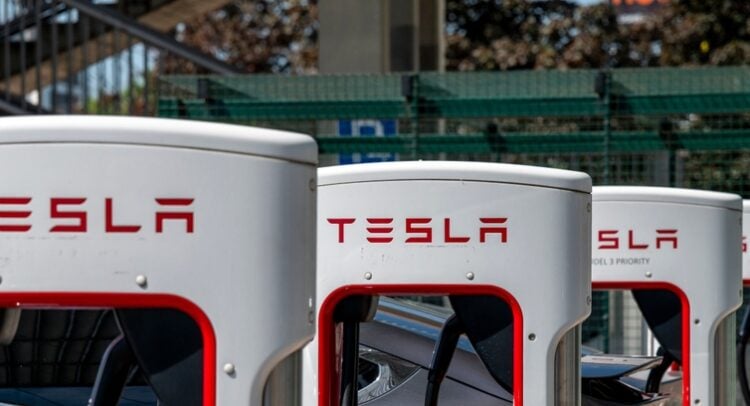Electric vehicle (EV) maker Tesla (TSLA) reported better-than-expected Q3 revenue but disappointed investors with an earnings miss. Notably, the company’s Q3 earnings per share (EPS) declined 31% year-over-year to $0.50 per share, missing the Street’s consensus estimate of $0.55. Wall Street analysts were divided on the Q3 report, with critics pointing out margin pressures in the EV business while bulls focused on robotaxi and artificial intelligence (AI) prospects. Following the Q3 print, Stifel analyst Stephen Gengaro reiterated a Buy rating on TSLA stock with a price target of $483. Meanwhile, Barclays analyst Dan Levy maintained a Hold rating with a price target of $350.
Elevate Your Investing Strategy:
- Take advantage of TipRanks Premium at 50% off! Unlock powerful investing tools, advanced data, and expert analyst insights to help you invest with confidence.
After declining in Wednesday’s extended trading session on dismal Q3 earnings, Tesla stock was up 1.5% on Thursday, as of writing.
Stifel Reaffirms Buy Rating on Tesla Stock
Gengaro stated that while prior year-end targets are unlikely, robotaxis appear to have solid momentum. He added that management highlighted continued expansion of robotaxis in Austin and target expansion to 8 to 10 metro areas by the end of this year. The 5-star analyst also noted improvements in Tesla’s AI capabilities further supporting FSD (full self-driving) version 14.1 and future versions.
Furthermore, Gengaro noted that automotive margins, excluding credits, beat expectations and rose sequentially, supported by lower material costs and improved fixed-cost absorption from higher volumes. Overall, the analyst reiterated his belief that TSLA remains very well-positioned, and FSD and robotaxi will be critical value drivers for the company.
Barclays Analyst Remains on the Sidelines on Tesla Stock
Barclays’ Levy noted that Tesla continues to work to fully validate the opportunities ahead for both robotaxi and Optimus. The analyst believes that the path over the next year is ambitious, and he views the opportunity as a “show me” story. He thinks that the extent to which Tesla can successfully pull the safety rider from its robotaxi (expected in Austin by end of this year), and can demonstrate that Optimus V3 (forthcoming in 2026) is manufacturable and can improve productivity for owners, could be key steps validating the narrative.
Coming to the fundamentals, Levy noted Tesla’s auto gross margin missed expectations, which was somewhat of a surprise. That said, the analyst contends that the higher operating expenses will be overlooked as he thinks that investors are not focusing on fundamentals. Levy was also surprised by CEO Elon Musk’s plans about increasing production, especially given the potential risks to demand following the expiration of the U.S. EV tax credit.
Levy expects only a modest increase in volumes next year, with the possibility of margins deteriorating year-over-year. The analyst noted that the 2026 EPS estimate of $1.54 is significantly below the consensus estimate of $2.40. “Yet we believe it is increasingly understood that this doesn’t matter to investors,” contended Levy.
Is Tesla Stock a Buy, Sell, or Hold?
Overall, Wall Street has a Hold consensus rating on Tesla stock based on 14 Buys, 13 Holds, and 10 Sell recommendations. The average TSLA stock price target of $375.47 indicates a downside risk of 14.6% from current levels.

















